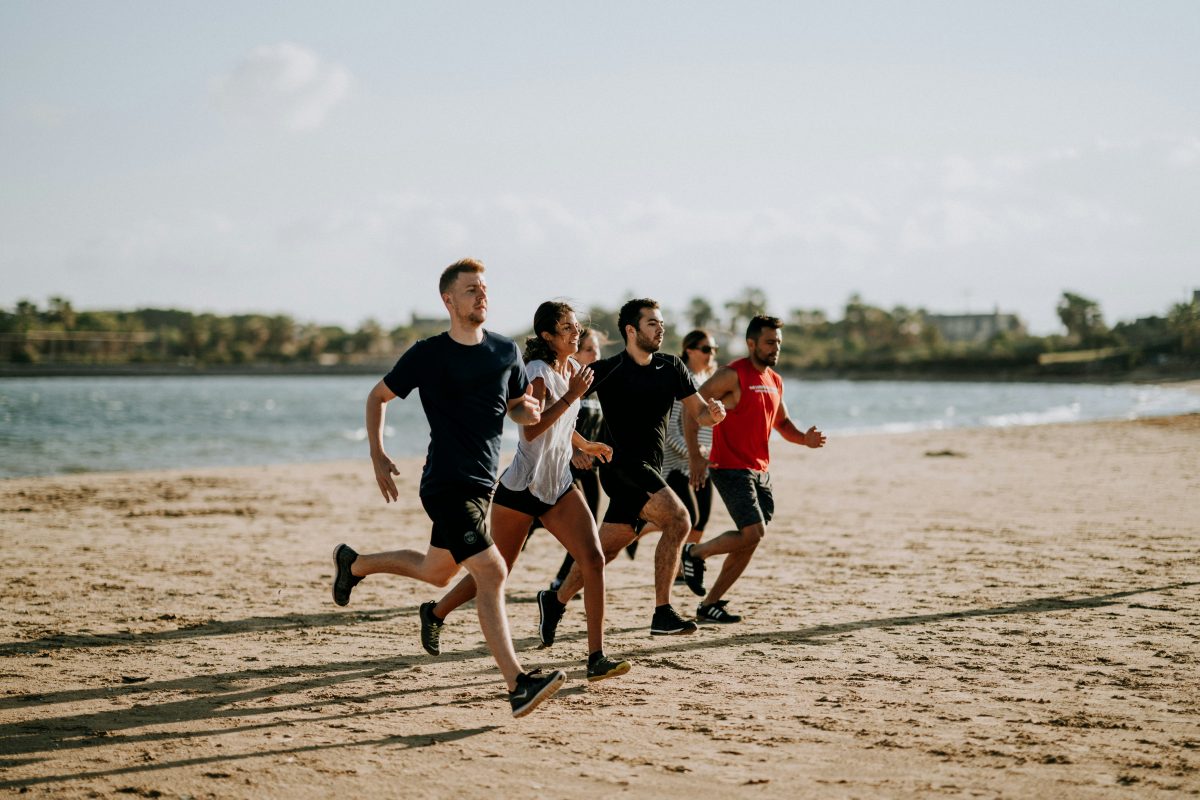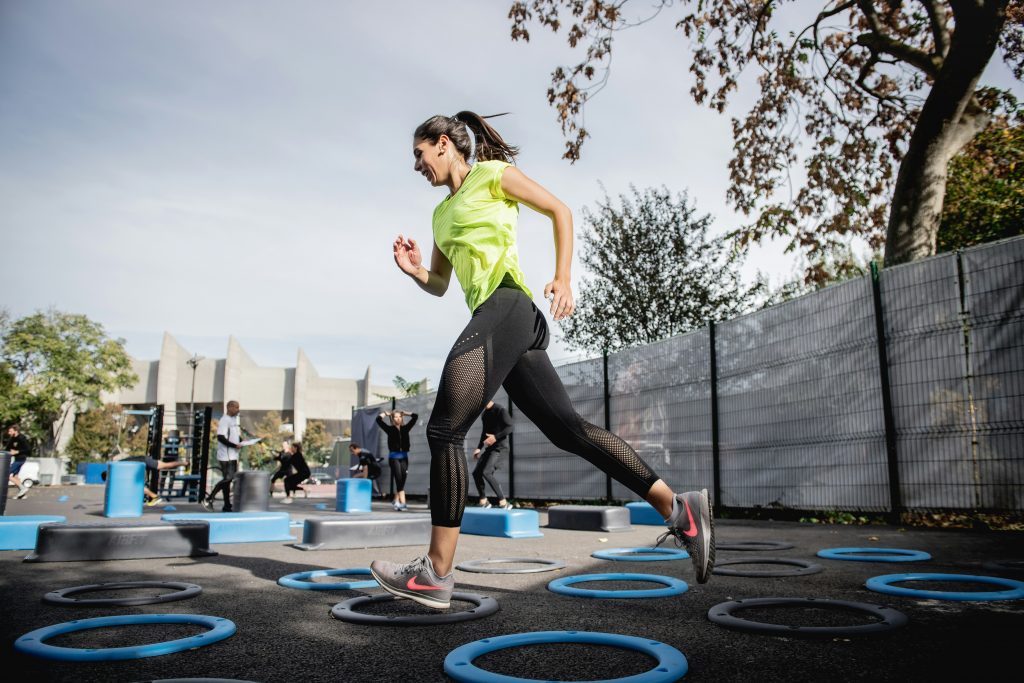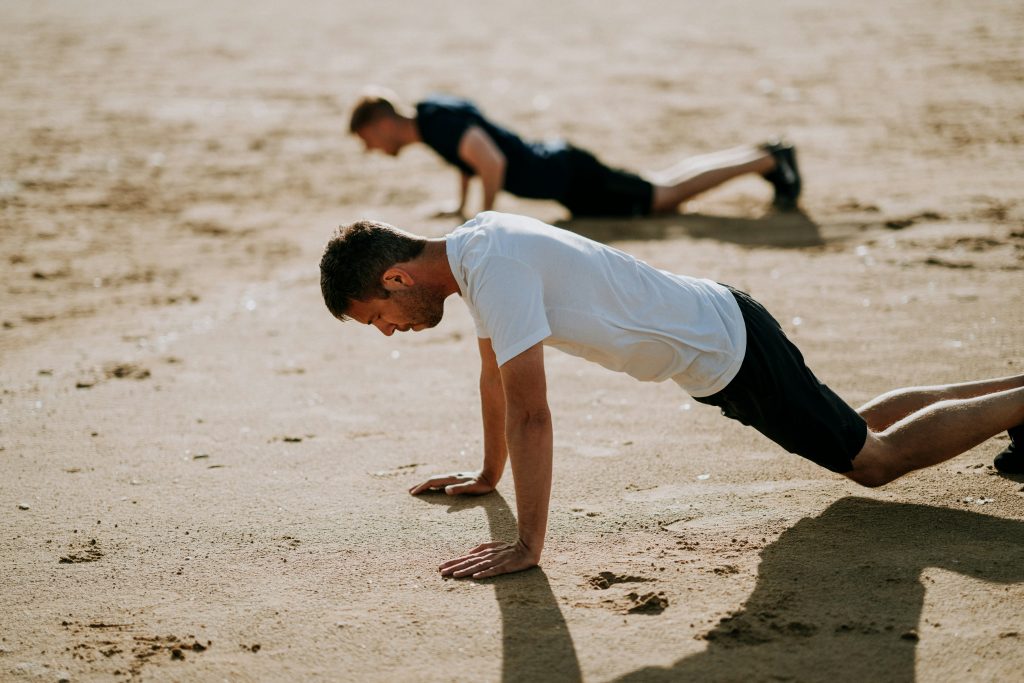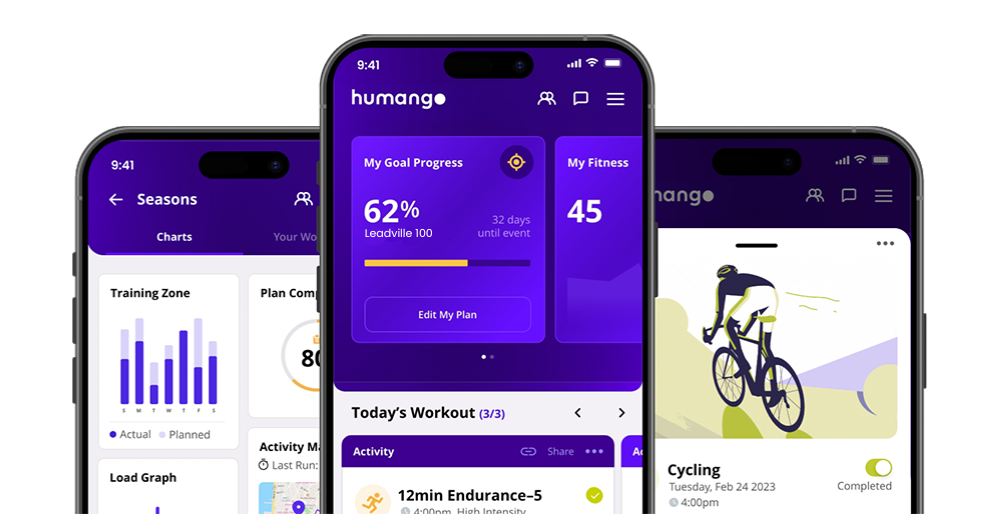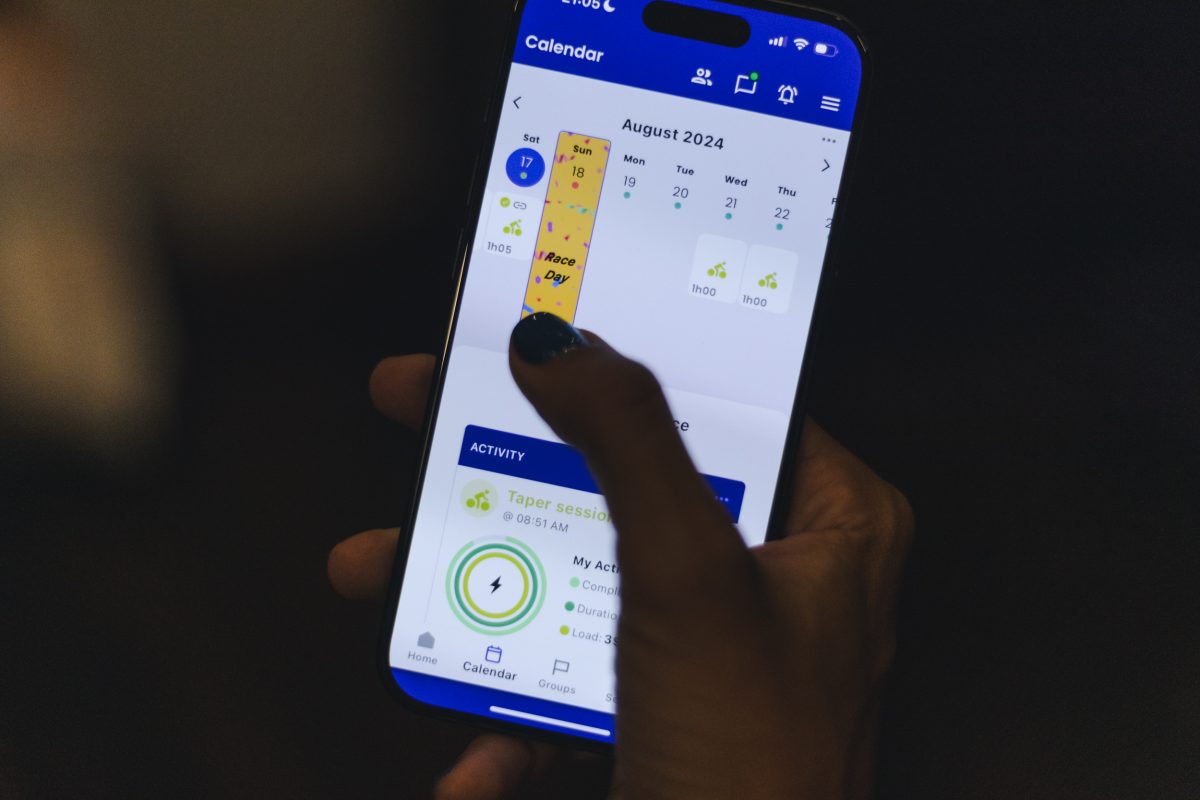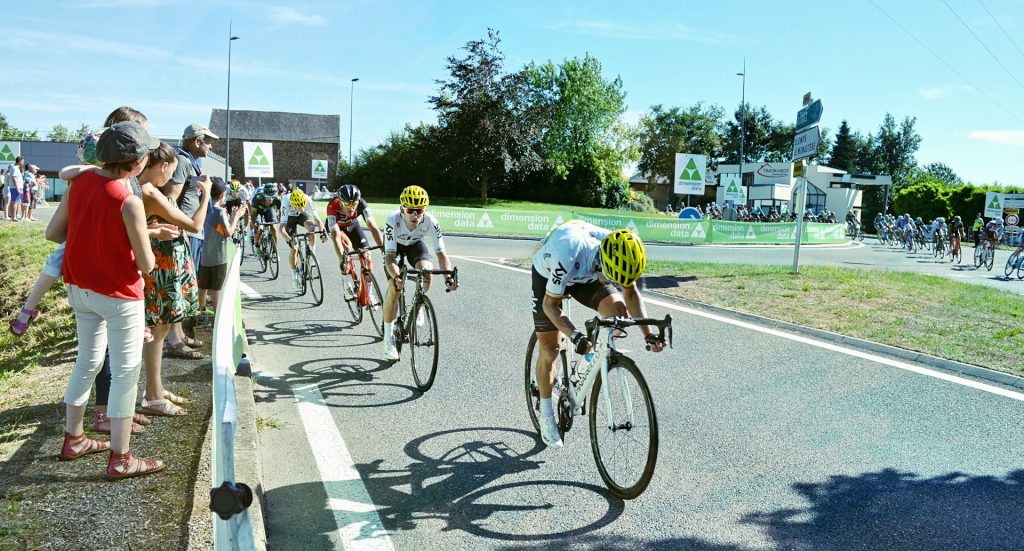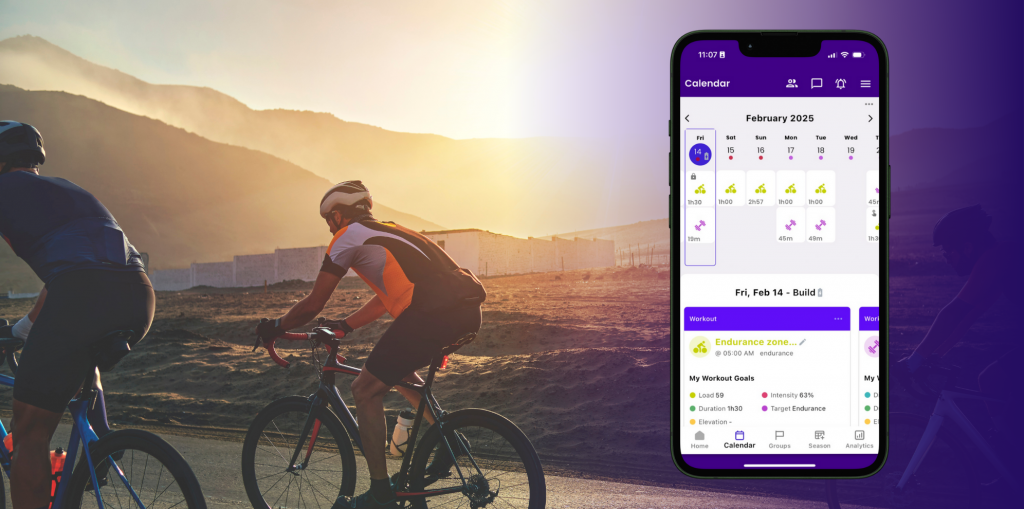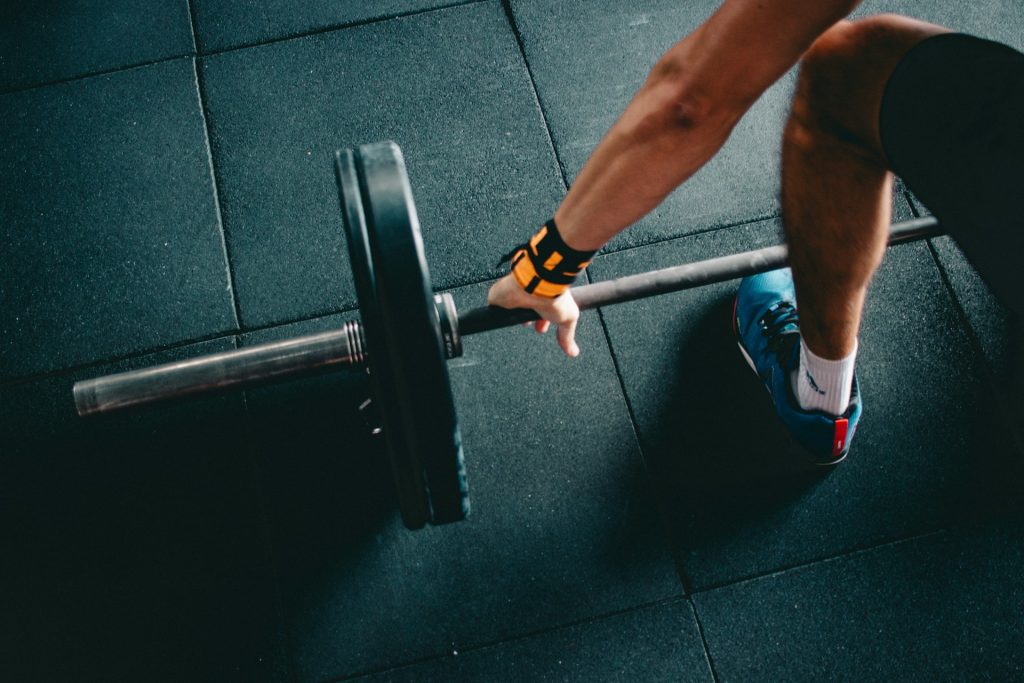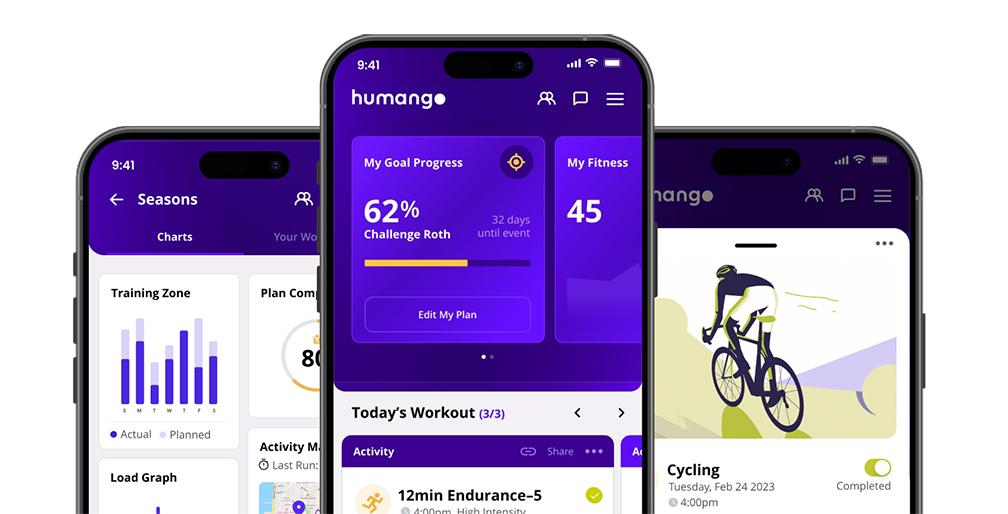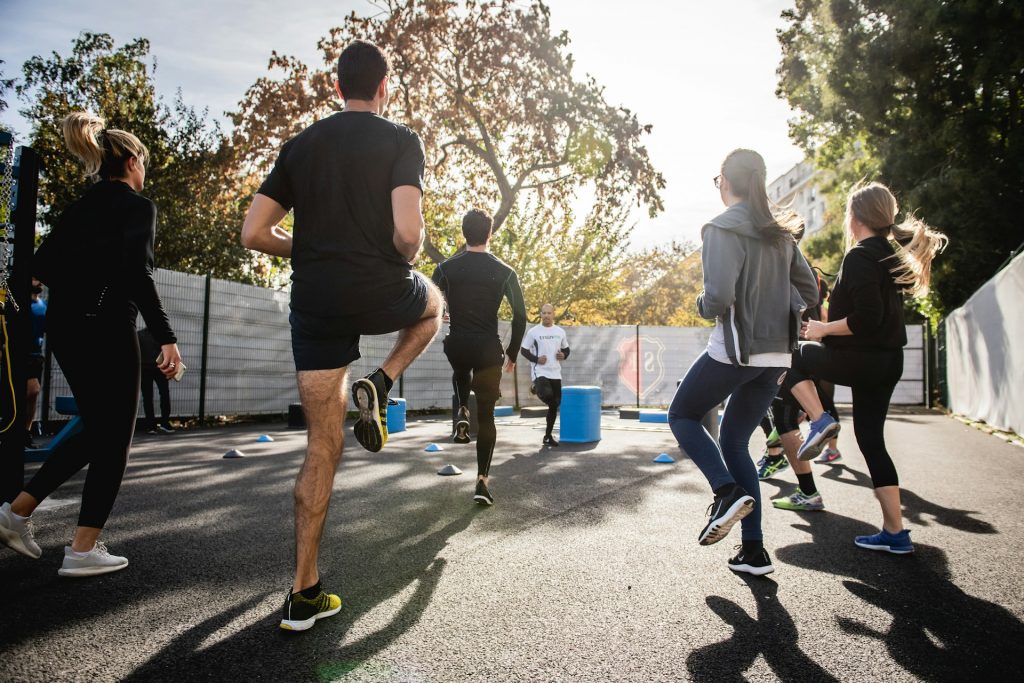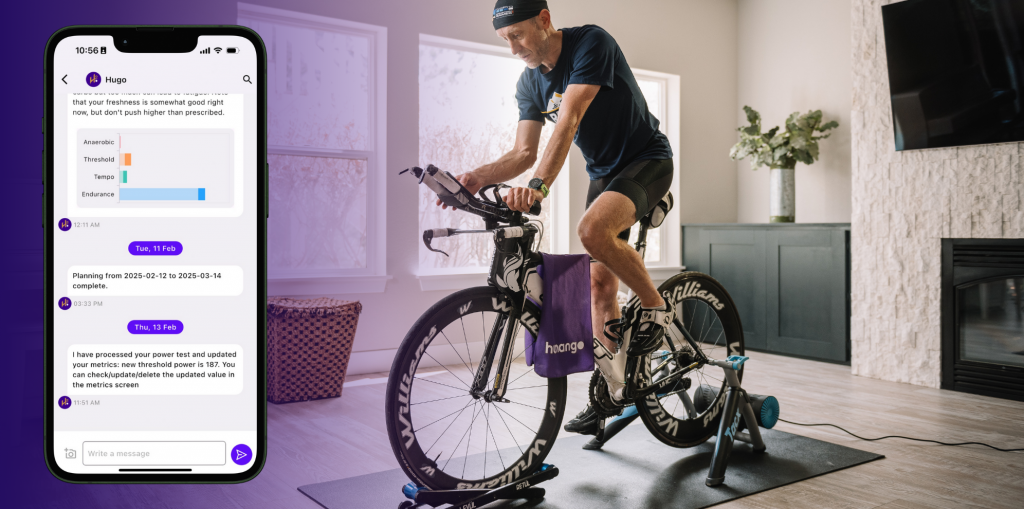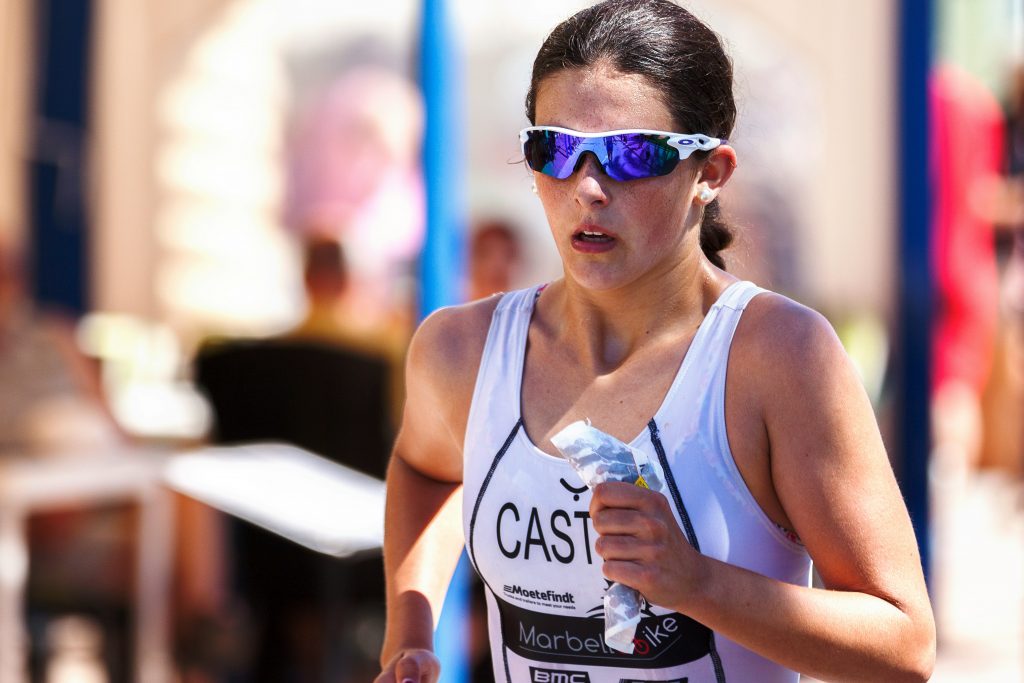Do you want to improve your training?
The real key to improving your training lies in asking the right questions in the first place. To get the most out of your training this upcoming season, you need to be specific about the data points you are working with and have absolute clarity around where you are going to end up. By knowing the start and end points, you can fine-tune your training as the season progresses.
But first, how do you update your training plan for a new season? It all starts with asking the right questions.

Question 1 – What is my fitness?
Any athlete, regardless of their season goal, will benefit from knowing their current fitness. A robust training app like HumanGO will set your baseline, determined by how much training you have done in the previous 40 (or so) days.
Connect devices to set your current fitness
By connecting your wearable, HumanGO evaluates your training history and sets your current fitness. If you don’t have reliable data to reference, you can manually input key metrics, and Hugo (HumanGO’s virtual coach) will set it for you. Once you have this, you have your starting point.
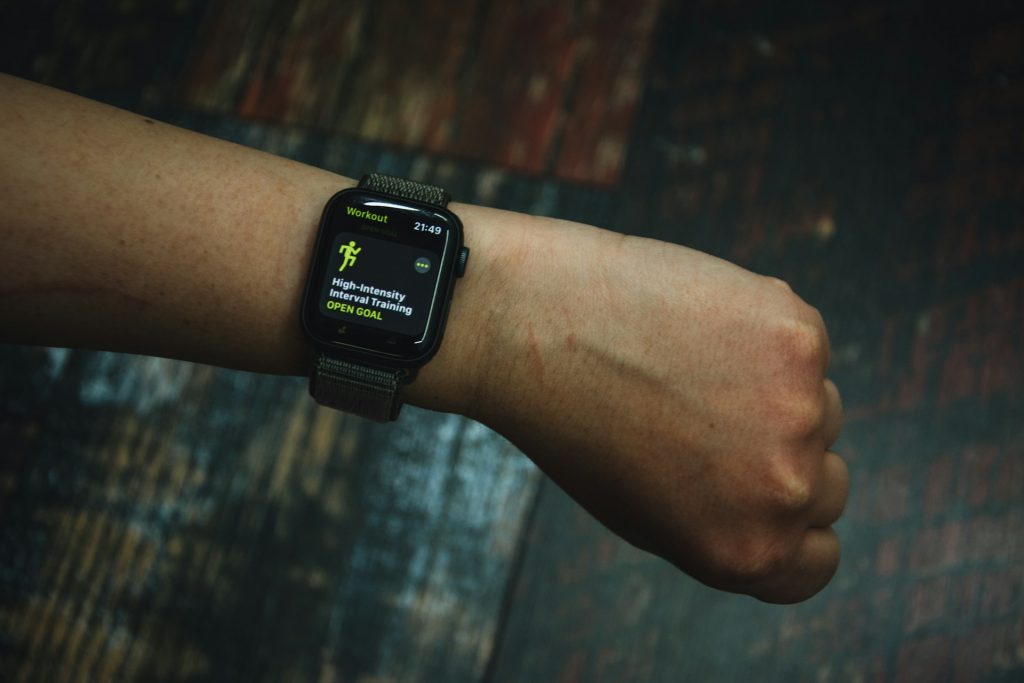
Question 2 – What are my key metrics?
Now, let’s not get ahead of ourselves. Some may say Q2 should be, “What is my goal?” But this puts the cart before the horse—or the finish line before the work. Determining your thresholds, corresponding training zones, and capacity (fatigue tolerance) sets your training direction from day one and for the rest of the season as you optimize your training.
Test, test, test—for accurate data
Add a performance test to your training, ask Hugo to add one for you, do a lab test, take a known value from a recent training or racing bout, or even take a good guess using the “estimate threshold” feature in HumanGO. Get as accurate as you can—after all, it is the first big step in updating your training plan for the new season and making sure you start fresh with accurate data to drive every training session.

Question 3 – What is my goal?
Now, let’s talk about your finish line—your goal, your objective, your event. When updating your training plan for the new season, be realistic about how much time you can commit to your goal. If it’s a single-sport goal, consider cross-training or strength as part of the entire plan. If it’s a multi-sport goal, think seriously about how you can commit to each sport each week. Think holistically about how training fits into your life.
Your goal(s) can change and that’s okay
If things change, that’s okay! Hugo can recalculate training load and duration if things get a little wobbly—that’s the beauty of HumanGO. But it’s better to be realistic and set yourself up for success from the beginning.
It can also go the other way—you could excel and need to add more training! Wouldn’t that be great? The point is that data-driven decision-making is at the center of an optimized training plan. Give yourself enough time to train for your goal and consider adding a few shorter tests or supporting races along the way. Add these to your season and see Hugo put it all together.
Your training depends on your goal(s)
The specific requirements of your goal will determine your training. VO2 max workouts will show up more often in a short-course race plan than an ultra plan, for example—and these differences matter. Different races require different strategies.

Question 4 – How do I maintain my updated training plan?
Once you’ve cleaned up your training by establishing your fitness, performance metrics, and goals, Hugo will lead the way as you step into the new season.
But maintaining an updated plan means staying consistent and adjusting based on real-time data. Hugo will keep you in check, watching for anomalies in metrics, health, and subjective scores, ensuring your training remains on track and optimized.
Conclusion
Updating your training plan for a new season isn’t just about setting goals; it’s about ensuring that every session moves you closer to your best performance. By taking the time to reassess your fitness, define your key metrics, set realistic goals, and maintain consistency, you’ll start the season strong and keep progressing.
All the best with updating your training plan for the new season and fine-tuning your training strategy!

